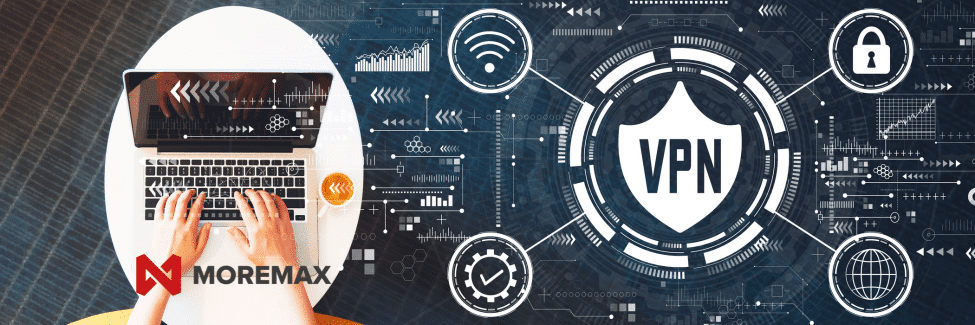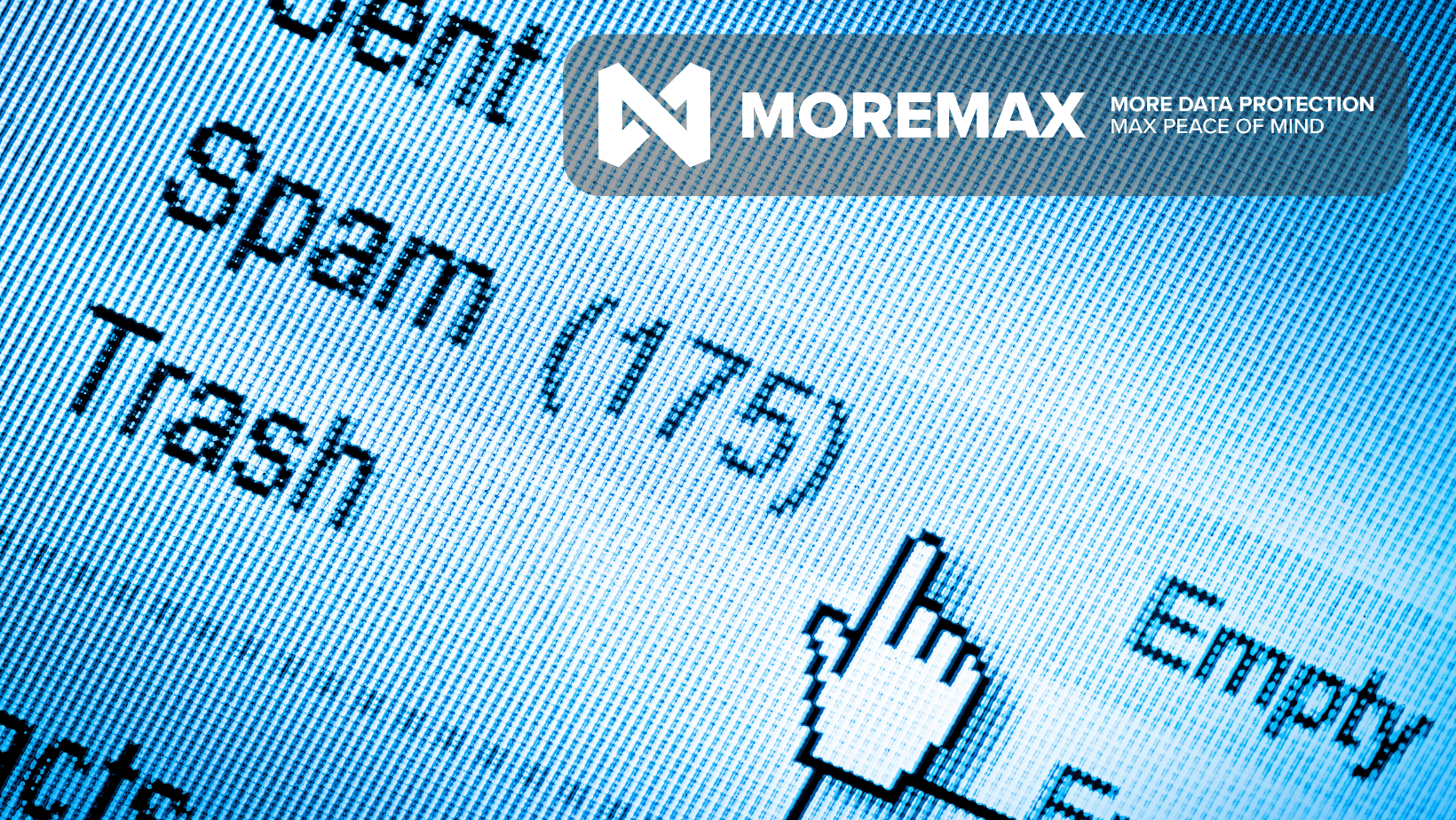
In business operations, making use of data has become indispensable for informed decision-making. Two key aspects of this data-driven journey are data analytics and data visualization. Data analytics involves the comprehensive process of analyzing raw data to derive meaningful conclusions that inform decision-making in various fields, including business. Imagine you have a big box of puzzle pieces, and each piece represents a different part of a story. That’s kind of like how data works in a business. We collect lots of pieces of information, and then we put them together to see the bigger picture.
What is Data Analysis?
Data analysis is like being a detective. You look at all those puzzle pieces (or data points) and try to figure out what they’re telling you. First, you clean up the pieces to make sure they’re not broken or missing. Then, you start putting them together to find patterns or clues, analyzing raw data to uncover insights. The data analysis process includes several stages, such as data cleaning, transformation, and visualization. In a small manufacturing business, this might mean looking at things like how many products are made each day or if there are any mistakes in the process. A data analyst performs essential tasks such as data cleaning and transformation to extract meaningful insights. In the context of a small business in manufacturing, data analysis may entail scrutinizing raw data from production metrics, quality control data, and supply chain statistics to identify patterns, trends, and anomalies.
What is Data Visualization?
Imagine you have a big map with lots of roads and landmarks. It’s easier to understand where you are and where you’re going when you can see it all on the map, right? That’s what data visualization does. Data visualization techniques are crucial as they enhance data understanding and decision-making by choosing the right visualization method based on the type of data and its intended use. It takes all those numbers and turns them into pictures, like graphs or charts. Data visualization tools play a significant role in creating these visual formats, helping users analyze and present complex information effectively. In our manufacturing business, this could mean making a chart to show how many products are made each day or a graph to see if there are any problems with the machines. Graphical representation through charts and graphs facilitates clearer communication of insights derived from data analysis, thereby helping in informed decision-making.
Putting It All Together:
When we use data analysis and data visualization together, it’s like having a superpower! In your manufacturing business, you can use data analysis to find out what’s going well and what needs fixing. Then, we can use data visualizations to show everyone else what we found, so they understand it too. Visual representation is crucial in illustrating data points clearly, enabling better understanding and decision-making. This helps us make better decisions and keep our business running smoothly.
Let’s See It in Action:
Now, let’s imagine a big supermarket chain called ABC Retail. They want to sell more products and make their customers happy. So, they gather lots of information about what people buy and where they buy it, translating these large data sets into visual formats. Then, they use data analysis and data visualization to figure out how to stock their shelves with the right things.
Predictive analytics plays a crucial role in this process by guessing future customer preferences, helping ABC Retail to anticipate demand and optimize inventory.
Step-by-Step:
- Collecting Data: ABC Retail collects information about what people buy, like groceries or clothes. This is the first step in the data analytics process, which involves gathering data to analyze and interpret.
- Cleaning and Organizing: They clean up all the data to make sure it’s accurate and easy to understand. Data mining techniques are then applied, especially within Excel, to extract useful information and identify patterns.
- Finding Patterns: Next, they look for patterns in the data. Maybe people buy more ice cream in the summer or more coats in the winter.
- Sorting Customers: They group customers together based on what they buy and where they live. This helps them figure out what different people want.
- Guessing the Future: Using all this information, they try to guess what people will want to buy in the future. This helps them stock their shelves with the right stuff.
- Putting Things Together: Finally, they use charts and graphs to show everyone what they found. This helps them decide what to put on the shelves and where to put it.
The Big Finish:
By using data analysis and data visualization, ABC Retail can make better decisions about what to sell. Quantitative analysis, which focuses on numeric data, plays a crucial role in understanding market trends by providing insights into statistical changes, such as rises or falls in market trends. This helps them sell more stuff and keep their customers happy. And that’s how data can help a business succeed!
To conclude, Data Analysis and Data Visualization are like Batman and Robin – they work best when they’re together. Whether it’s a small manufacturing business or a big supermarket chain, using data can help businesses make smarter decisions and keep their customers coming back for more. So, keep your eyes peeled for those patterns and trends – you never know what secrets they might reveal!








Related Posts